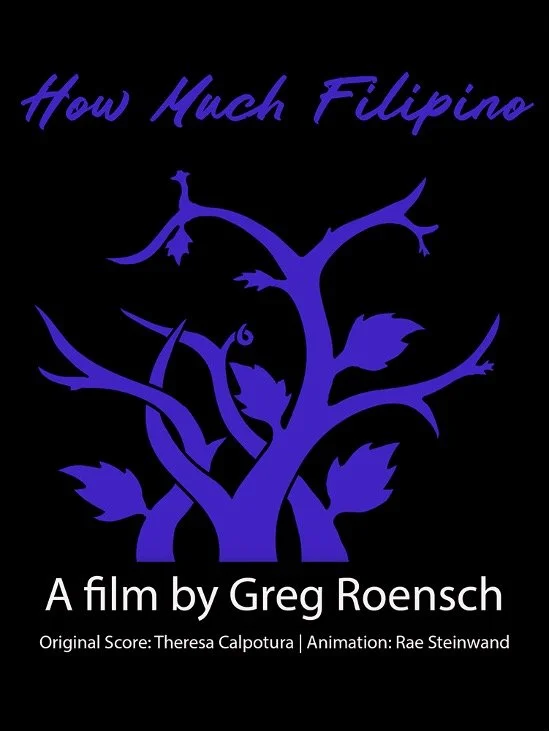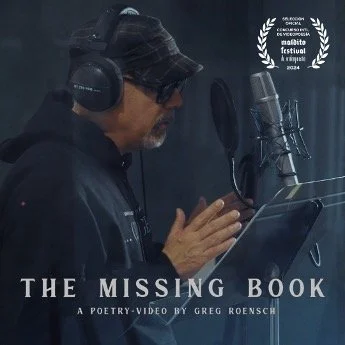Contemporary Filipino Artists and Historical Memory

I first encountered the term "historical memory" while researching political culture in Spain. In that context, the phrase specifically refers to the voices and experiences of those who were violently repressed during the Franco dictatorship. However, historical memory is also used in discussions of Filipino literature written in the Spanish language (and of Spanish literature about the Philippines). The term is also readily expanded to discussions of the arts in general.
On the whole, historical memory is about the way individuals or groups identify with specific narratives that revolve around past events. Your particular historical memory might be the distinct times and places and personal lens through which you view your connection to the Philippines. There are, of course, multiple and sometimes competing historical memories or collective memories. And art, at its best, inspires us to think critically about them and how they color the lenses through which we view the world.
It seems only natural that diaspora artists turn to the past as a source of inspiration. Their work can be rooted in family stories, religious beliefs, or politics. Artists in exile are uprooted from the Philippines they once knew, willingly or not. So, in one way or another, they choose to look back, remembering different things and perhaps forgetting others, in order to process what is often a great sense of loss.
This desire to remember is found in the work of writer, poet, and filmmaker Greg Roensch. His latest short film, How Much Filipino, is a lyrical meditation on his family's roots in Intramuros and their subsequent forced emigration to San Francisco in 1945. They survived what many did not: the total devastation that obliterated the lives of those who lived in and around the walled city during the Battle of Manila.
Roensch is also a musician and short story writer whose oeuvre is as prolific as it is diverse, ranging from quirky flash fiction stories to travel essays to dreamlike films that explore what-ifs and alternate worlds. Much of his work is tinged with a dry sense of humor. And many of his short stories reflect life in the San Francisco Bay Area where he was born and raised; but How Much Filipino remains a poignant reminder of Manila as the center of the Spanish Transpacific, connecting Asia with Europe and the Americas, and the city’s continued role as a multicultural trading hub from the turn of the century until WWII.
It's worth taking note that the film title, How Much Filipino, is the artist’s response to a question he’s been asked throughout his life when mentioning his Philippine lineage because he doesn't "look" Filipino, according to some. I have never been 100 percent sure of what a Filipino is supposed to look like, and for every one example of a phenotype, one could surely come up with twice as many counter-examples. Generalizations are efficient, but we miss out on a lot when relying on them instead of asking questions and getting to know each other. Roensch’s film is dedicated lovingly to his lola and lolo who lived for many years in San Francisco's Sunset district. I think the film’s dedication alone is sufficient proof of his complete belonging.

San Francisco musician Theresa Calpotura composed and performed the original score for the film, using modern and traditional instruments (such as the Philippine kutiyapi seen here) to infuse the soundtrack with an undeniably dreamlike quality.

The artist captures the way memory works by juxtaposing old family photographs and historical images with minimalist animations that suggest the incomplete outlines of memory.
Roensch’s How Much Filipino is currently a contender at a number of film festivals. The latest information about future in-person and online screenings can be found at https://gregroensch.com/ or by following him on Instagram (https://www.instagram.com/groensch/). Recently, another of Roensch’s short films, The Missing Book, was named an official selection of the Maldito Festival de Videopoesía. Winners will be announced at the Teatro Circo in Albacete, Spain on November 15, 2024.

Roensch’s films have been Official Selections in a variety of international film festivals, including the Poetry in Motion Film Festival (Colorado, USA), the Bloomsday Film Festival (Dublin, Ireland), the Montreal International Animation Film Festival, and many others.
Philippine identity is evolving rapidly, and its various manifestations in contemporary art are some of the ways in which it is being negotiated and defined in the public sphere. You can see this push for the visibility of various historical memories in the work of a number of contemporary artists in the diaspora:
Sowing Seeds: Filipino American Stories from Pajaro Valley, an exhibit that recently ended its run at the Santa Cruz Museum of Art and History, focused on the stories of the manongs and manangs who settled in the California Central Valley in the 1920s and 30s. https://wiith.ucsc.edu/sowing-seeds/
The Marcos era is a recurring theme for London-based artist Pio Abad. He has been nominated for the Turner Prize, the most prestigious contemporary art award in Britain for his work at the Ashmolean Museum at Oxford, England. https://a-desk.org/en/spotlight/britains-oldest-public-museum-takes-on-contemporary-art/
His work can be currently seen at Tate Britain (London, England) until February 25, 2025. https://www.tate.org.uk/whats-on/tate-britain/turner-prize-2024
Oakland, CA-based Stefanie Syjuco's fascinating first monograph The Unruly Archive, published this year by Radius Books, examines various Filipino identities invented by and for the American colonial imaginary through an absorbing look at archives. https://artreview.com/the-unruly-archive-by-stephanie-syjuco-radius-books-review-varun-nayar/
The desire to remember is found in the work of writer, poet, and filmmaker Greg Roensch. His latest short film, How Much Filipino, is a lyrical meditation on his family's roots in Intramuros and their subsequent forced emigration to San Francisco in 1945.
Her first solo exhibition in Manila, Inherent Vice, is at Silverlens Gallery in Makati, until October 5, 2024. https://www.stephaniesyjuco.com/projects/inherent-vice; her work will also be featured at the Hawai’i Triennial from February to May 2025 https://hawaiicontemporary.org/
Manila- and Osaka-based Mark Salvatus, currently exhibiting at the Arsenale at the Venice Biennale (Venice, Italy) goes further back in time, evoking Hermano Pule and his rebellion against the Spanish colonial clergy, whose policies prohibited indios from becoming priests, a theme examined in Pepe Diokno's 2023 film Gomburza. Other themes woven into Salvatus' work in Venice include the mythical powers of Mount Banahaw, reaching back to pre-hispanic times to inform his historical memory. https://artreview.com/mark-salvatus-on-representing-the-philippines-at-the-60th-venice-biennale
As these artists show, historical memory is multifaceted, and yet there are still many narratives that remain to be discovered though they may be little-known or marginalized one way or another.
What is in your historical memory? Which historical time period or event do you identify with? What does it tell you about who you are and where you come from? Which part of the Philippine diaspora, in all its kaleidoscopic immensity, most describes and speaks to you?

Maria Victoria Yujuico writes about the intersection of art and literature with modern life.
Her master's thesis in Spanish and Latin American Literature, Problemas en torno al Boxer Codex: hibridez, etnografía y feminismo, highlights the relevance of the Boxer Codex to contemporary Philippine identity, examining the ways in which it both preserves and obscures pre-hispanic culture.


No comments: